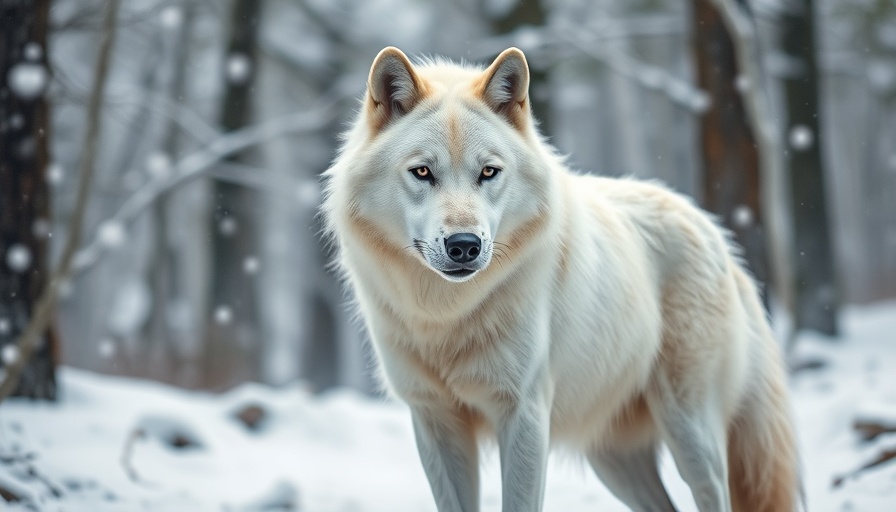
The Return of the Dire Wolf: An Exploration of De-Extinction
In a groundbreaking claim, startup Colossal Biosciences has produced what is being touted as a de-extincted version of the dire wolf, a species that has not roamed the Earth for over 10,000 years. With a combination of advanced genetic editing techniques, they aim to bring back traits from this Ice Age predator, which once shared its habitat with other prehistoric giants like woolly mammoths and saber-toothed cats. This development not only stirs excitement among conservationists and thrill-seekers alike but raises fundamental questions about the ethics and feasibility of bringing extinct species back to life.
The Science Behind De-Extinction: How Far Have We Come?
Through a process known as gene editing, Colossal is not cloning ancient DNA but modifying the genes of contemporary wolves to replicate the looks and behaviors of their long-lost relatives. CEO Ben Lamm utilizes modern techniques to identify and integrate ancient genes into today's species. Significantly, the company has raised substantial funds, amassing a valuation of over $10 billion, which fuels its ambitions to revive not just the dire wolf but iconic species like the woolly mammoth.
Public Fascination: Dire Wolves in Popular Culture
The dire wolf gained massive popularity through the HBO series Game of Thrones, represented as the fearsome companion of House Stark. This cultural resonance not only captivates fans but also brings the dire wolf into contemporary discussions about genetic engineering. As people become aware of the real possibility of de-extinction, curious minds wonder whether these new creatures will possess the same qualities that made their fictional versions unforgettable.
Ethical Dilemmas of De-Extinction
While the excitement of bringing back a creature like the dire wolf is palpable, ethical concerns loom large. As society advances toward de-extincting animals, questions arise about where to draw the line. Should scientists pursue the resurrection of creatures that no longer fit into modern ecosystems? If these wolves are created, what implications does their existence hold for contemporary wildlife and habitats?
Future Implications of Genetic Engineering
The ability to edit genes for de-extinction might pave the way for other innovations in medicine, conservation, and agriculture. Will ethical frameworks evolve alongside these technologies, or will risks escalate with the surge of curiosity-driven projects? As more companies follow Colossal's lead, society must prepare for the possibilities—both marvelous and troubling—that lie ahead.
Conclusion: What Comes Next?
In conclusion, while the awe of seeing a 'real' dire wolf ignites our imagination, it is essential to remain grounded in the discussion of the broader implications of such advancements. The fascination with the prehistoric meets cutting-edge science at a pivotal moment in our history. As discussions continue on the frontier of biotechnology, understanding the balance of innovation with ethical responsibility will be crucial. The revival of species, while thrilling, demands careful consideration of its potential impacts on our world.
 Add Row
Add Row  Add
Add 




 Add Row
Add Row  Add
Add 

Write A Comment